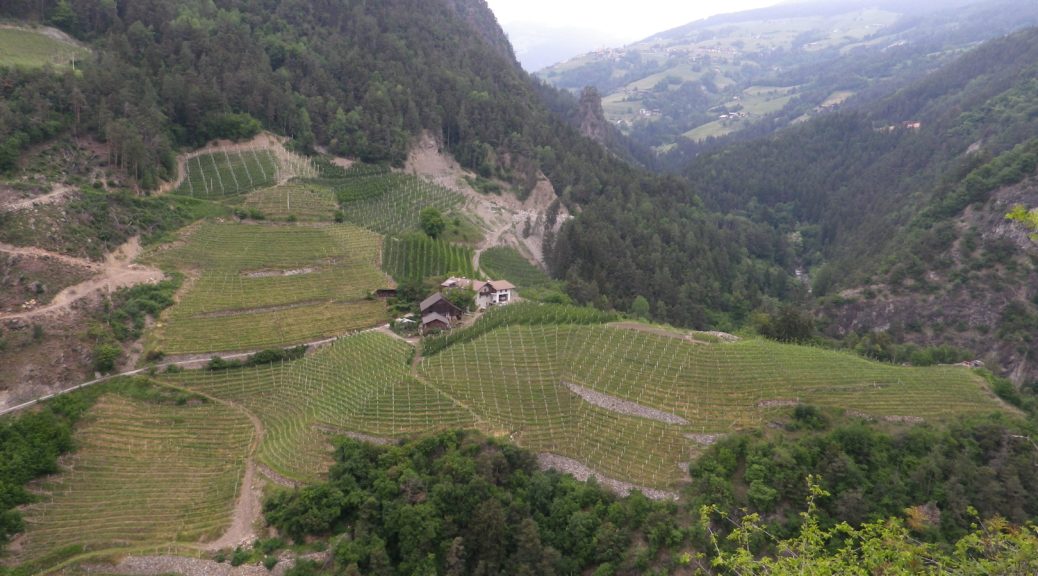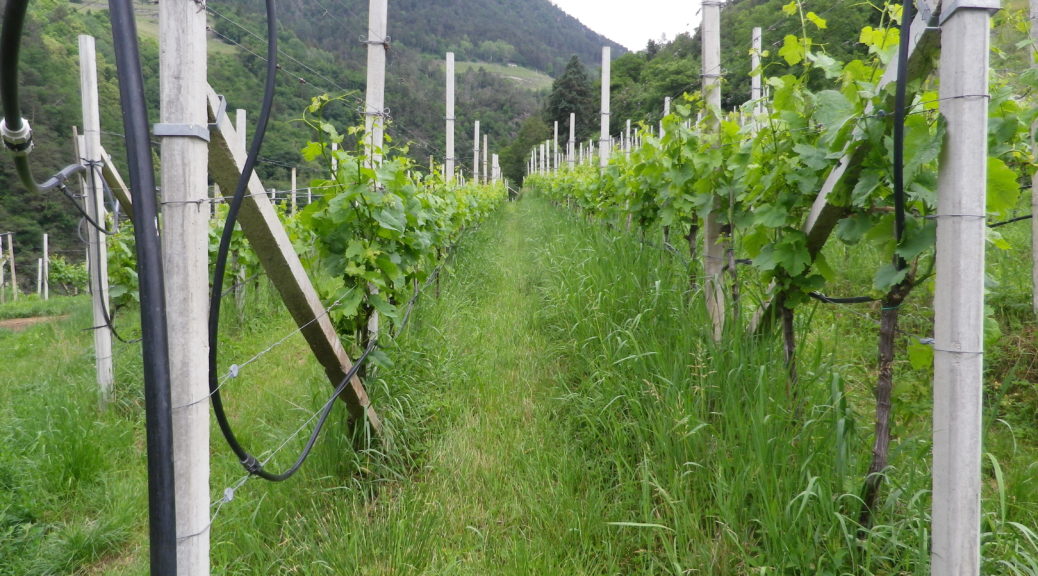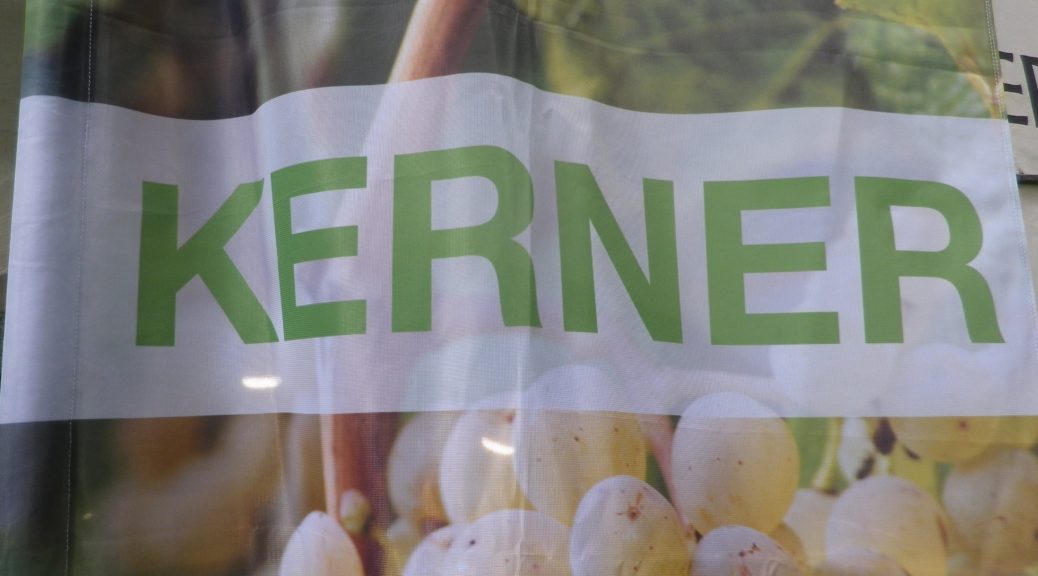Tag Archives: Eisacktal wine district
Wine Notes: Italy’s Eisacktal
What I Learned
Welcome to Italy – although culturally and linguistically, you are in a Germanic cultural sphere. (This area was controlled by Austria for hundreds of years after the fall of the Roman Empire, until the end of World War I.) The wine region of the Suedtirol (Alto Adige, as the Italians further south call it), is one of the great wine regions in Italy. It has a number of districts, and this one, the Eisacktal wine district is particularly interesting. Its vineyards lie on very steep slopes following along the narrow Eisack (Isarco) River valley as it flows south from its source near the Italian-Austrian border. This district has less than 400 hectares devoted to vineyards, on mostly south-facing slopes, most of the way to Bozen (Bolzano), where the Eisack joins the Etsch (Adige) River. However, some of the best are around Klausen (Chiusa), on the slopes south (and below) Saebens, an ancient monastery.
While there are some red wines, about 90% of the wine from here is white wine. White grapes do particularly well in this district’s relatively cool weather. Sylvaner (yes, sometimes with a Y in this area), Veltliner, Mueller-Thurgau, Kerner and Gewuerztraminer are the main white varietals. The resulting wines are crisp, fruit forward, and deliciously refreshing.
Wine Notes: Italy’s Eisacktal
What I Learned
The Eisacktal district is one of several denominated wine districts of the Suedtirol wine region. The Eisack river is named Isarco in Italian, and the valley it created over the millennia is one of northern Italy’s main north-south routes. The district is located in north-central Italy, just south the Brenner Pass connecting Italy and Austria. It has less than 400 hectares devoted to vineyards. The vineyards exist at lower elevations than the pass, and are usually in relatively sheltered places with good exposure to the sun. (After all, we are talking about an area distinguished primarily by the Alps and Dolomites.) Some of the best vineyards are on the slopes south (and below) Saebens, an ancient monastery, rising above Klausen. About 90% of the wine from here is white wine. Sylvaner (yes with a Y here), Kerner and Gewuerztraminer) with the remainder a red blend (permitted varietals include Vernatsch/Schiava Grossa, Blauer Portugieser, Pinot Noir) called Klausner Laitacher.
What I Tasted
2017 Sylvaner “Aristos” Eisacktal DOC, Eisacktaler Kellereigenossenschaft, (Klausen): A dry white wine with medium plus gold color; a fruity, spicy and mineral nose, with vanilla and gooseberry flavors; medium plus acidity.
2017 Kerner “Aristos” Eisacktal DOC, Eisacktaler Kellereigenossenschaft, (Klausen): A dry white wine with medium plus gold color; vanilla, mango and peach nose, with licorice, peach and vanilla flavors, medium plus acidity.
2017 Veltliner, Eisacktal DOC, Eisacktaler Kellereingenossenschaft (Klausen): A dry white wine with light gold color; peach and spice nose, with peach, apricot and vanilla flavors; medium acidity.
2016 Zweigelt “Z”, IGT, Eisacktaler Kellereigenossenschaft, (Klausen): A dry red wine with dark garnet color; spice and dark cherry nose, with flavors of the same; medium tannins.
2016 Caruess Mitterberg Weiss, IGT, Weingut Roeck (Villanders): A dry white wine cuvee (Gewuerztraminer (about 50%), Pinot Grigio and Sylvaner), with medium plus gold color; chalk and slight floral nose, with white fruits, spicy, slight vanilla and oak flavors
2014 Zweigelt Mitterberg Caruess, IGT, Weingut Roeck (Villanders): A dry red wine with medium plus ruby red color; smoke and violet nose, with vanilla, tobacco and dark cherry flavors; medium plus tannins.








